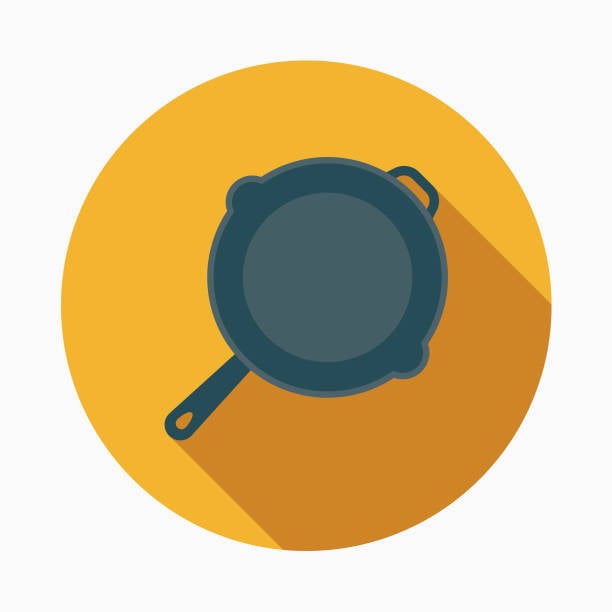cross-posted from: https://lemmy.today/post/9250689
How do I test cast iron cookware for lead
So I found a griddle that was in pretty bad shape seasoning wise so I stripped it and noticed a small shiny area which worried me about lead. I ordered some lead tests that stated they were for metal (no specifics) and after doing the tests it came back positive. But this got me wondering if iron reacts with sodium rhodizonate, the main ingredient in these lead tests, to give false positives and load and behold it does. I confirmed this with another cast iron cookware that I know 100% never touched lead. So my question is how the hell do I test this? Everyone keeps recommending the same sodium rhodizonate lead test swabs just with different brand names.
Tldr: After stripping a griddle and finding a shiny spot, I tested it for lead and it came back positive, leading to concerns about the reaction between iron and sodium rhodizonate. The question is how to accurately test for lead contamination in the griddle without potential false positives from the test method recommended by others?
Edit: wanted to add some more info. I did experiment with the test themselves to see how reliable they were and they passed it so I don’t suspect its the test themselves but the chemical reaction between iron and the sodium rhodizonate
I feel like I should point out that pure lead is really soft. So soft in fact that you should be able to easily scratch and deform it with a dull knife. Lead will also tarnish really quickly when heated and turn a flat grey color. Because of its low melting point, lead would also be a really bad filler metal for cast iron cookware. It would soften and fall out if you ever overheated the pan.
Try scratching a line through both the pan and the brighter area with the tip of a fork or a dull knife. If it’s lead, the shiny area will scratch much deeper and feel different compared to the cast iron.
Also, filling a hole or a void with lead might be easy, but welding with steel is also easy and probably cheaper from a manufacturing perspective.
I am far from being an expert, but I would think the shiny spot is indeed a repair but with arc welded steel or an iron/nickel alloy. Both of which will be durable, stand up to heat beautifully, and also appear noticably shinier than cast iron even after being heated on the stove.
Usually the worry in old cast iron about lead is because someone might have used it to melt lead for casting bullets or fishing weights.
Doesn’t lead have a low melting point?
Yup but I’m gonna hold off taking a blow torch to it for now at least to not ruin it lmao
Edit: yknow what you might be onto something ignore my earlier joke. If I stick it on the stove top and heat it up it should hypnotically melt out, right? I got a laser thermometer too so I can keep track of the temp roughly
The melting point of lead is 327.46 degrees celsius. The melting point of iron is 1538 degrees celsius. A butane cooking torch will have a lot of variables but is listed as being in the 1300-1400 degrees celsius range. It isn’t going to harm the iron unless you REALLY go to town with it.
Also: Would you rather eat lead off a pretty looking pan?
The main issue with lead contamination in cast iron cookware is that people sometimes use it to melt lead for things like making bullets and fishing weights.
So in most cases griddles are probably pretty safe, they have a very shallow if any rim, so they’re not exactly ideal for holding a puddle of molten metal and pouring it into a mold. I’d be more concerned with pots and skillet that could hold liquid a little better.
That’s not to say there’s no risk though, I could certainly imagine someone using a griddle as a convenient heat-resistant surface to pour out leftover lead to cool on afterwards, but that’s probably significantly less common.
If it’s properly seasoned do you really need to worry about the lead? Your food would never come in contact.
Lead likes to leach. So even if you have physical separation, the lead can just say no thank you and continue on its merry way into your food.



